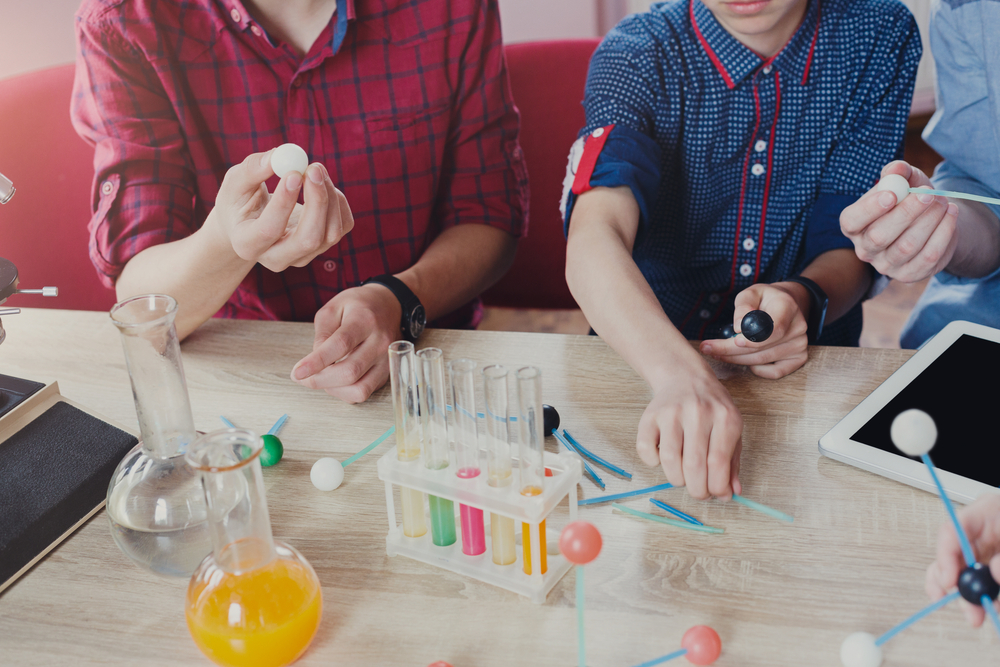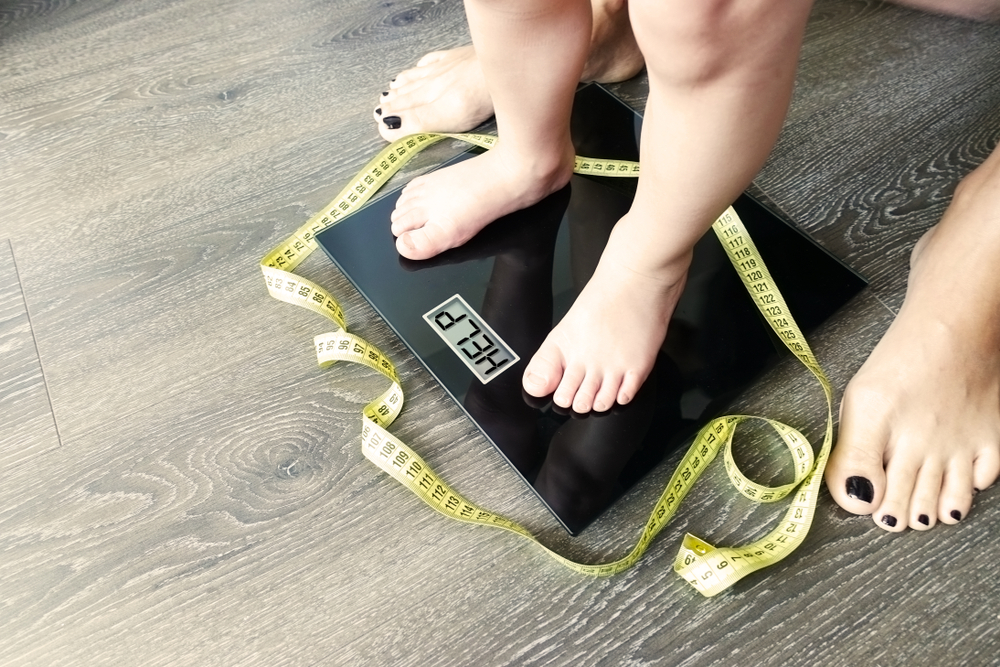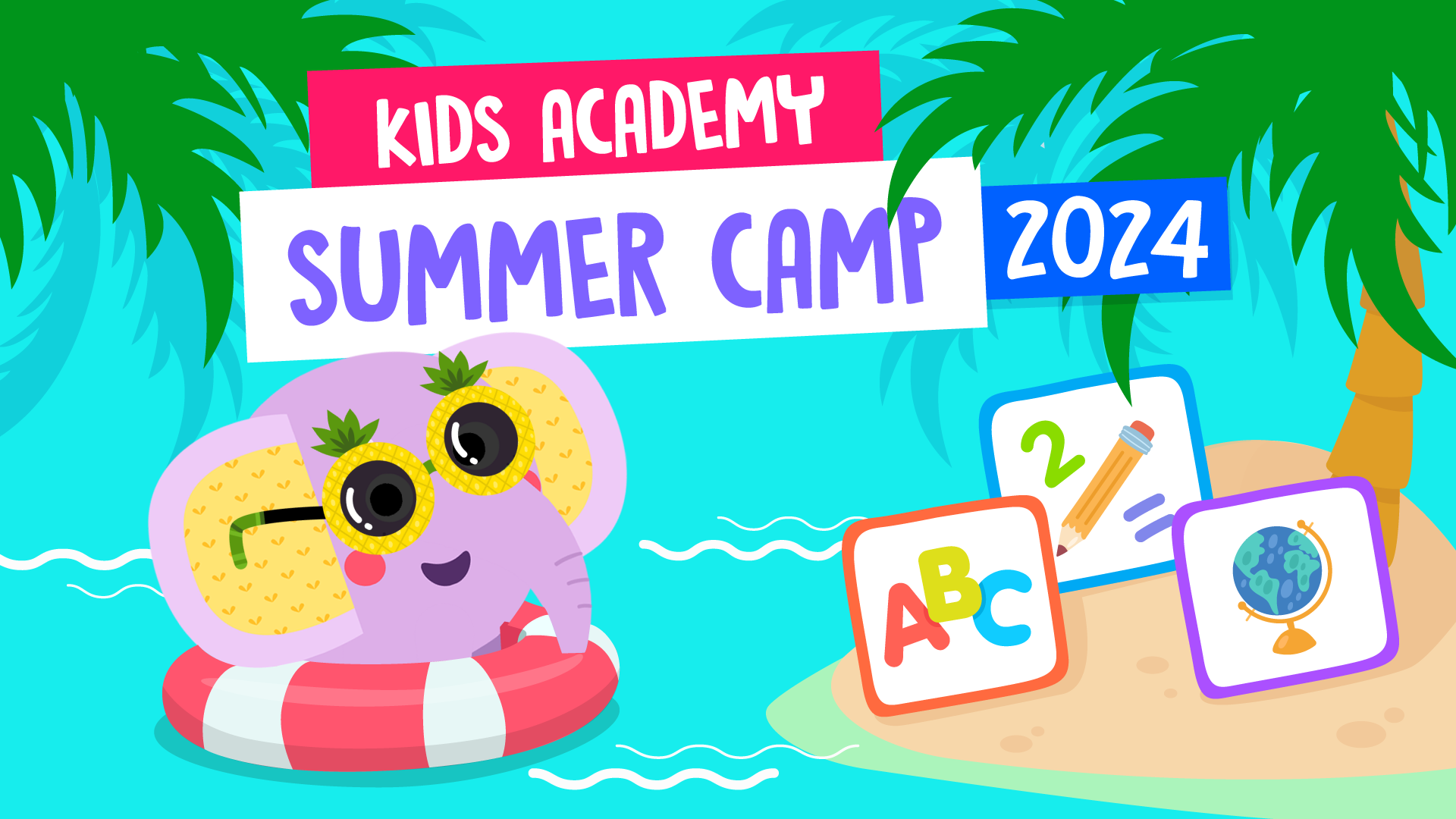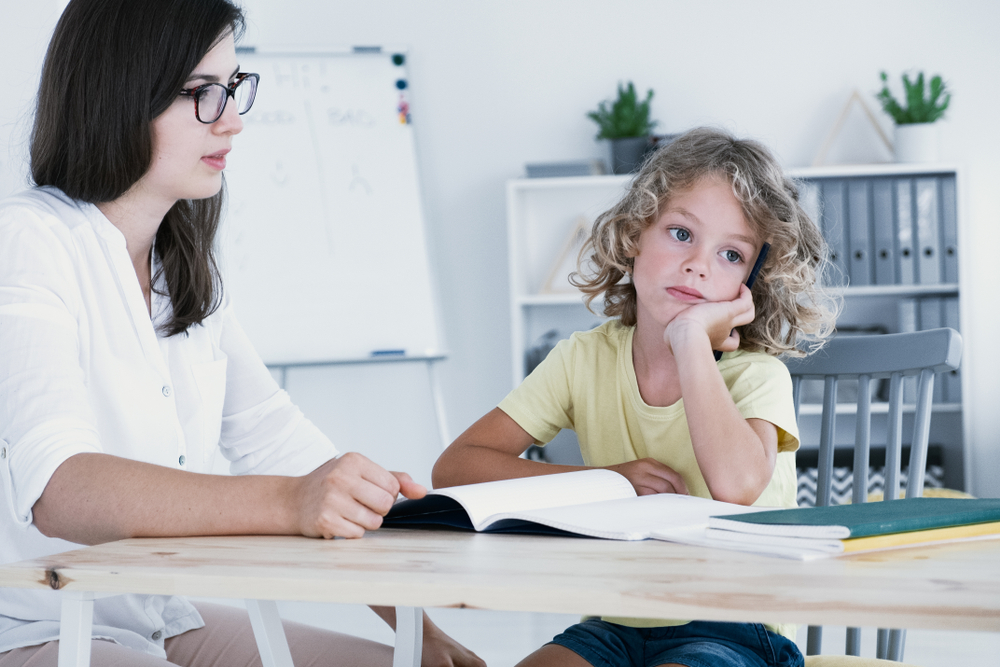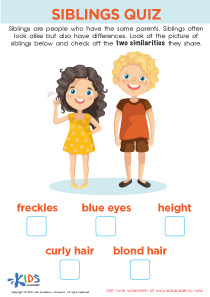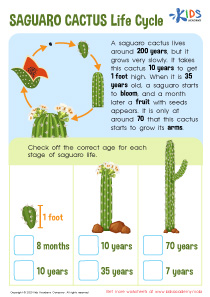Normal Physical Science Worksheets for Ages 6-9
71 filtered results
-
From - To
Explore our engaging Normal Physical Science Worksheets designed specifically for children aged 6 to 9! These printable resources make learning fun while introducing essential scientific concepts, such as matter, energy, and forces. Each worksheet is crafted to inspire curiosity and excitement about the world around them, featuring colorful visuals and interactive questions that challenge young minds. Whether you're a teacher or a parent, these worksheets offer a blend of education and entertainment, ensuring your child develops a solid foundation in physical science. Discover the joy of learning with our comprehensive collection both at home and in the classroom!
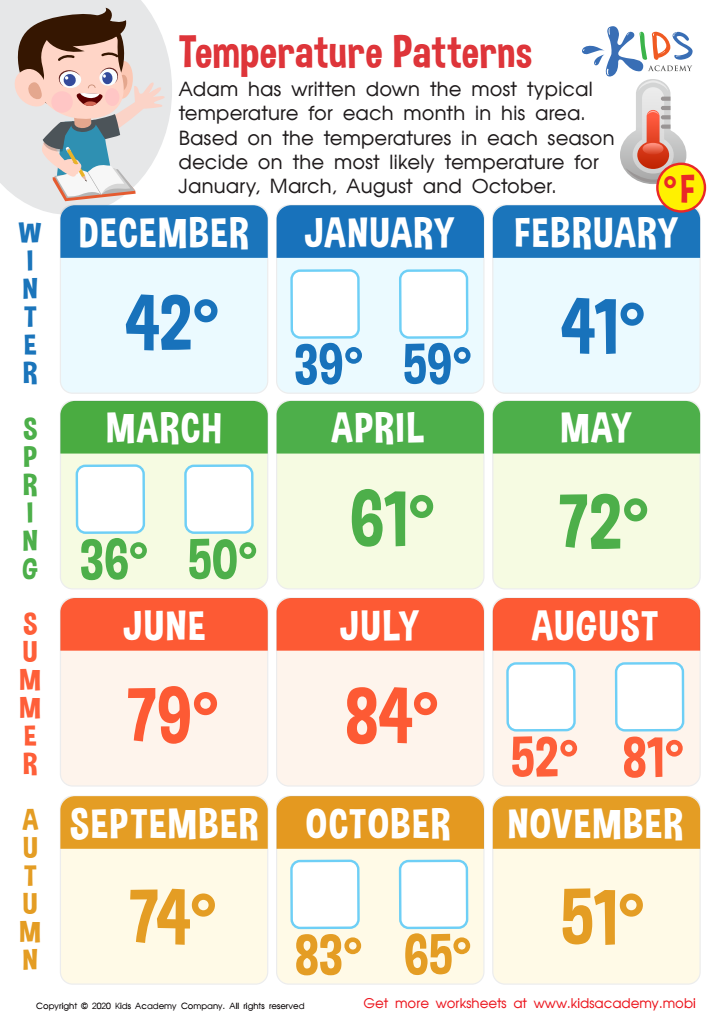

Temperature Patterns Worksheet
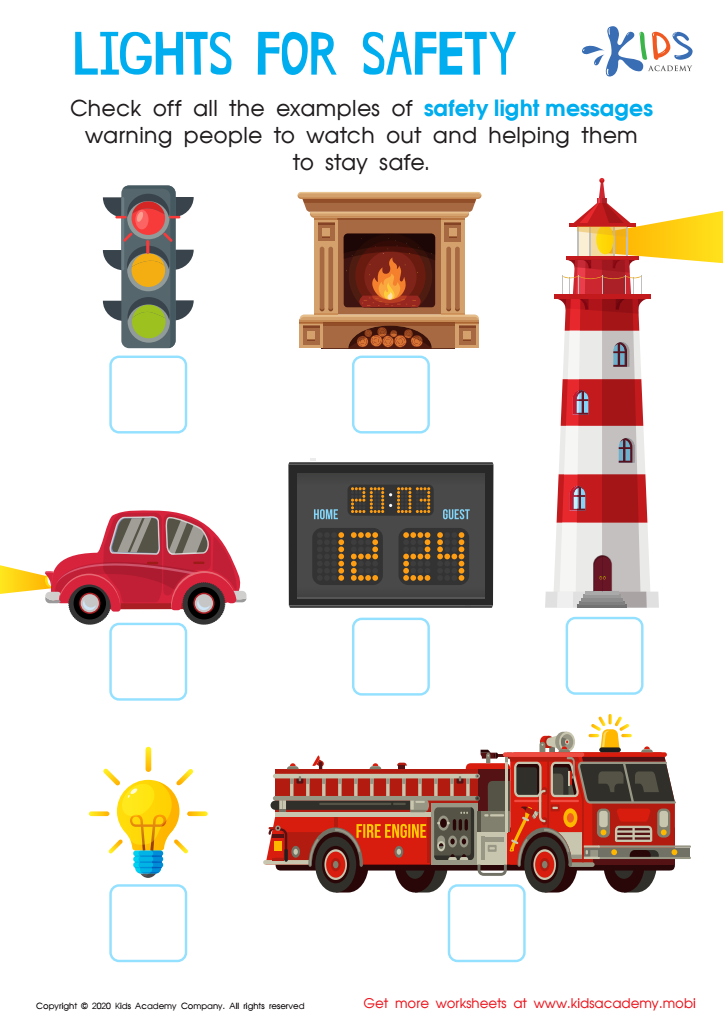

Lights for Safety Worksheet
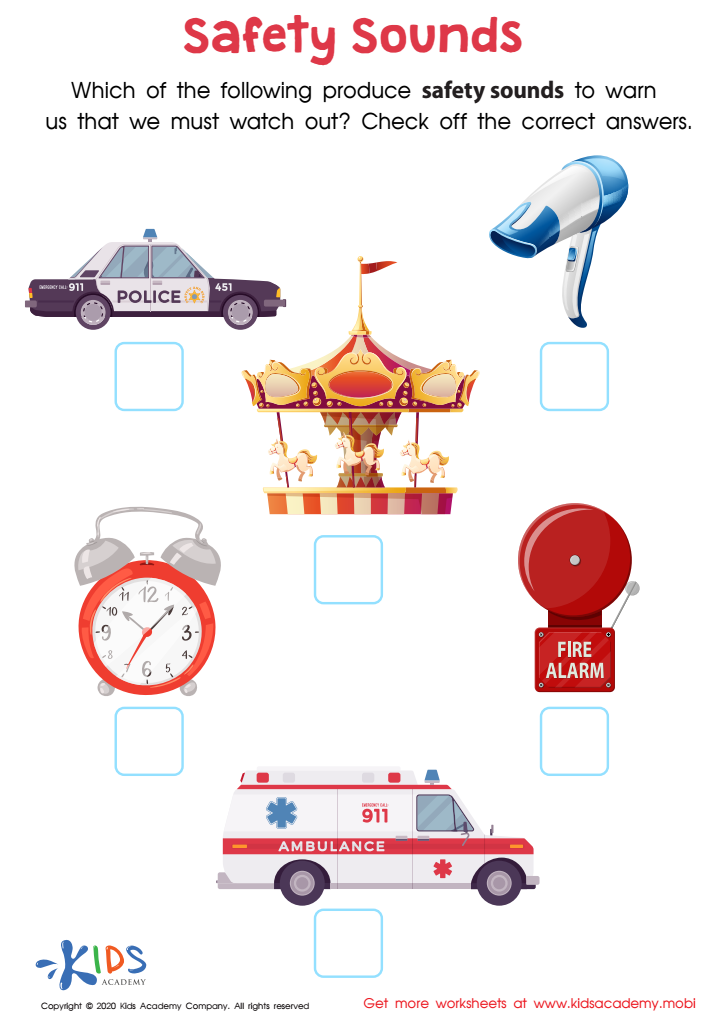

Safety Sounds Worksheet
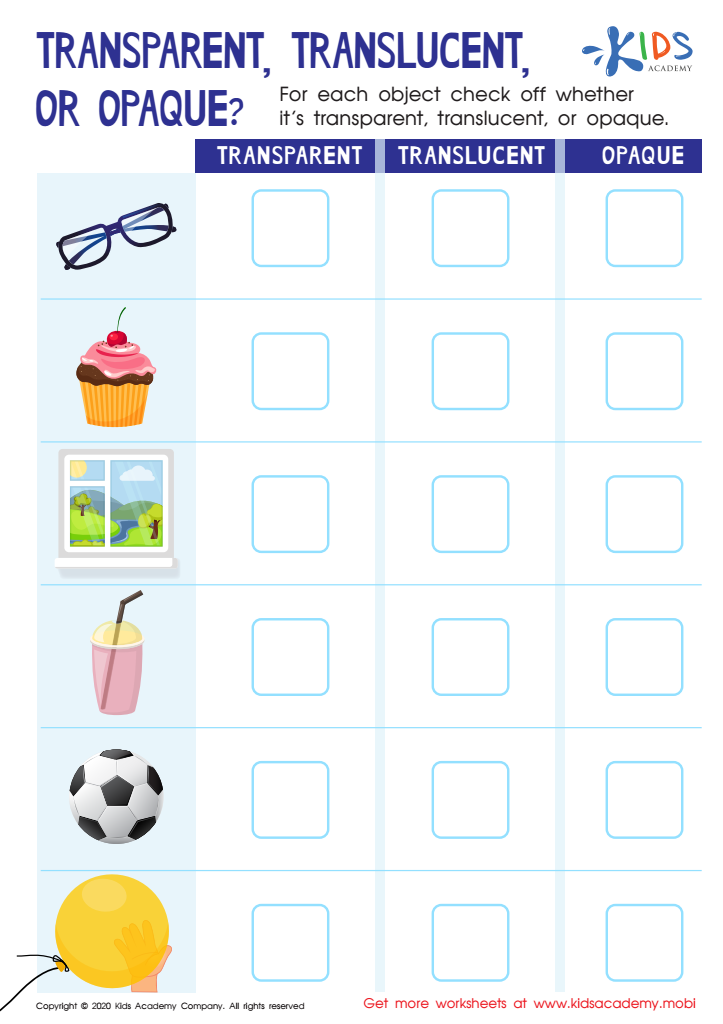

Transparent, Translucent, or Opaque Worksheet
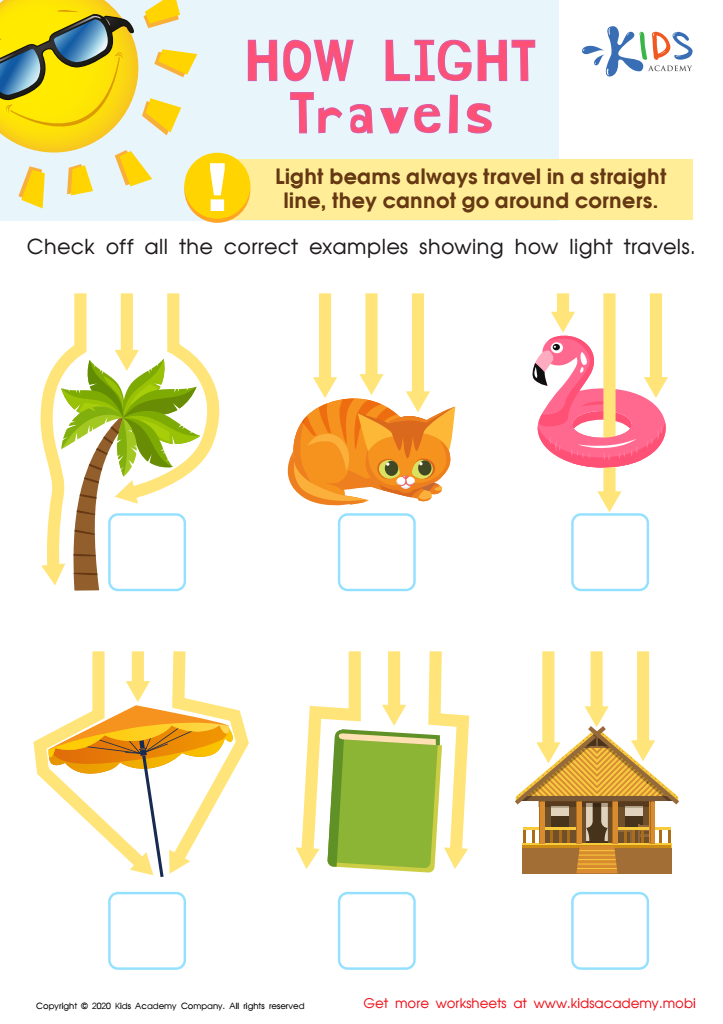

How Light Travels Worksheet
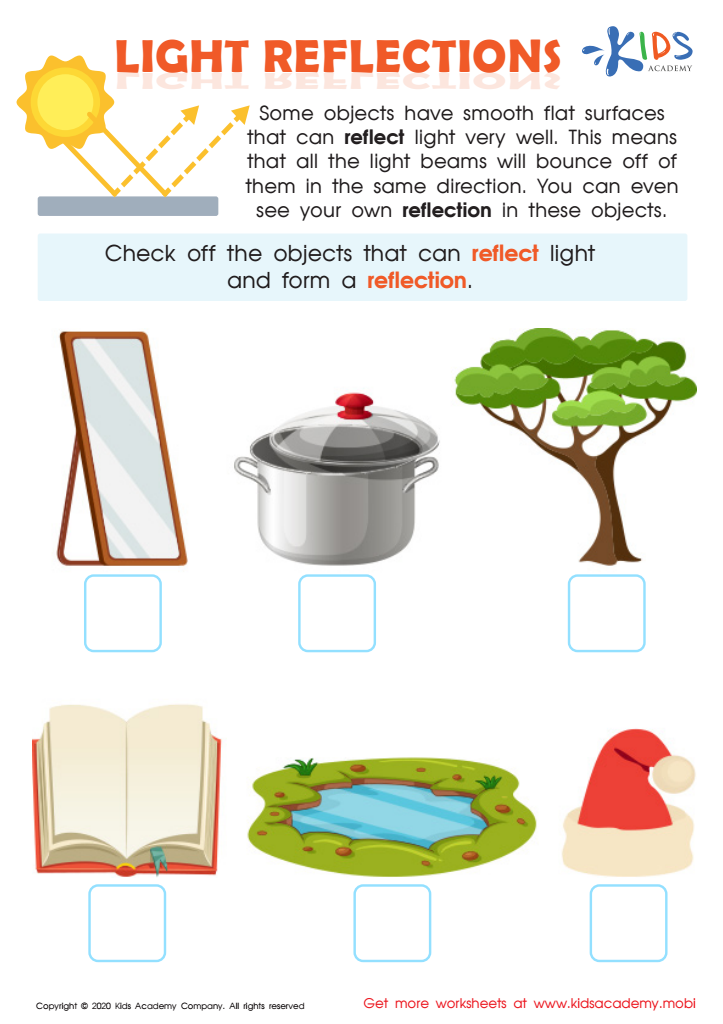

Light Reflections Worksheet
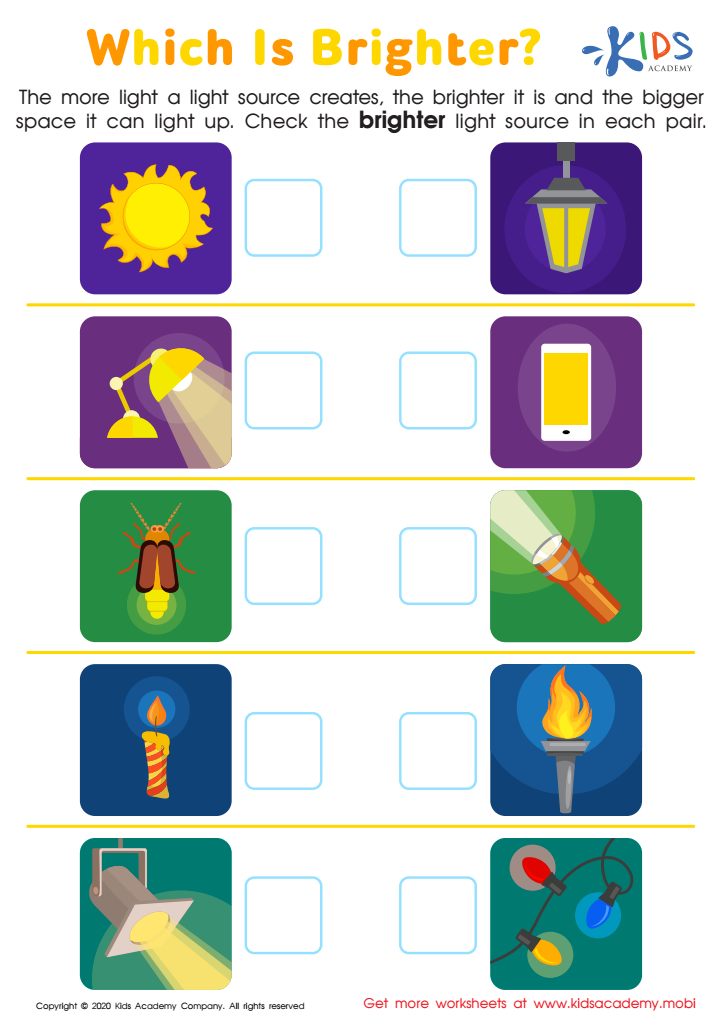

Which Is Brighter? Worksheet
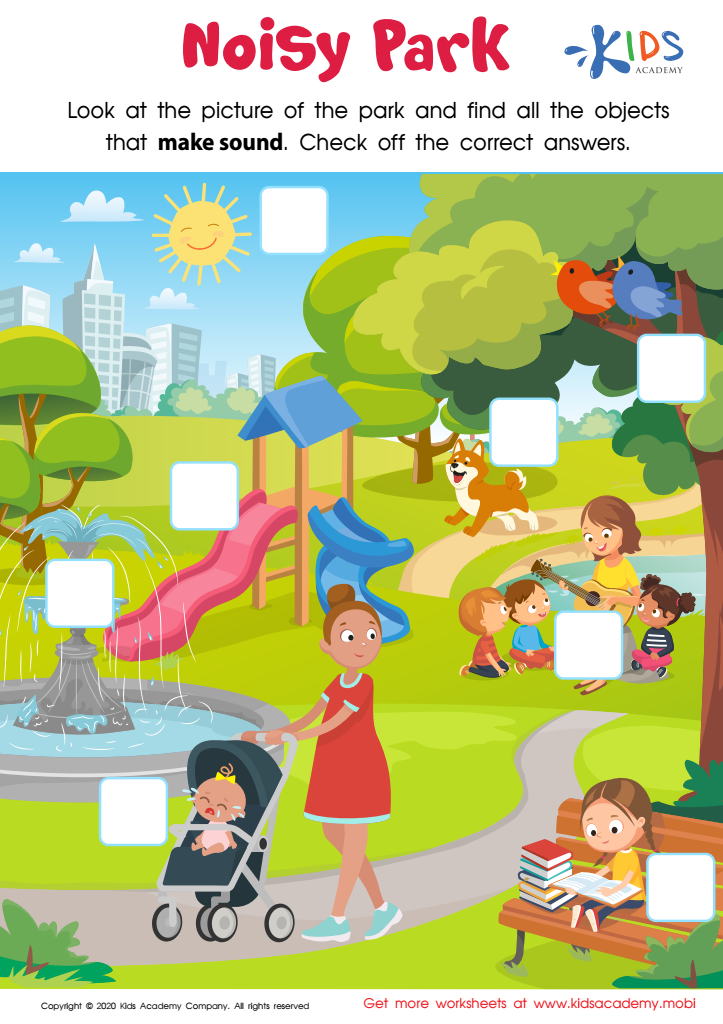

Noisy Park Worksheet
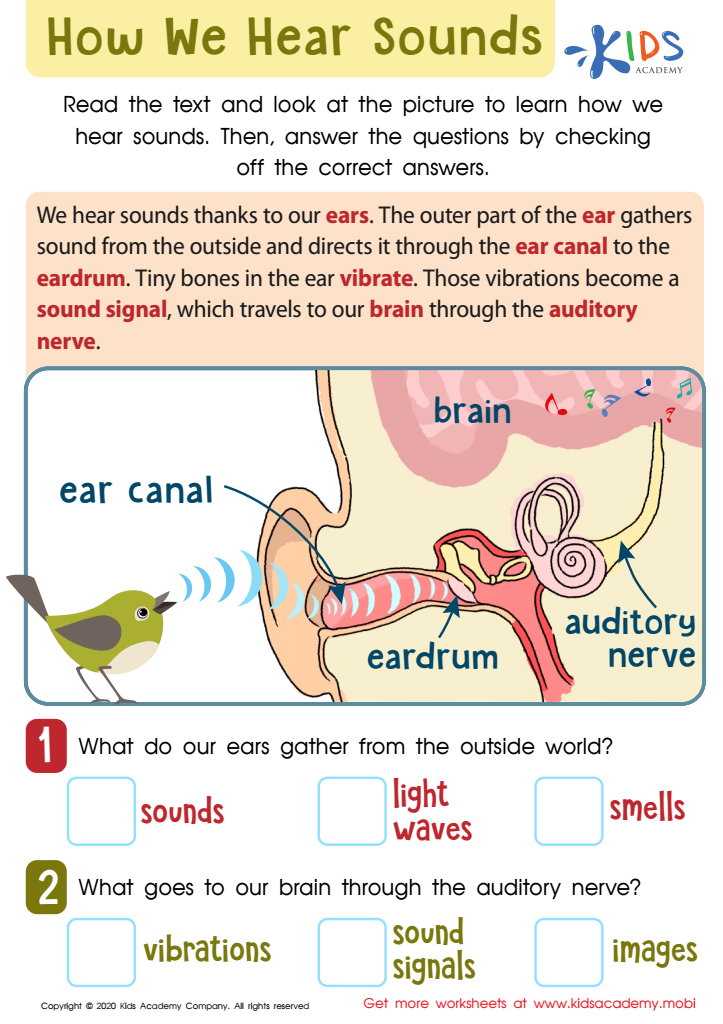

How We Hear Sounds Worksheet
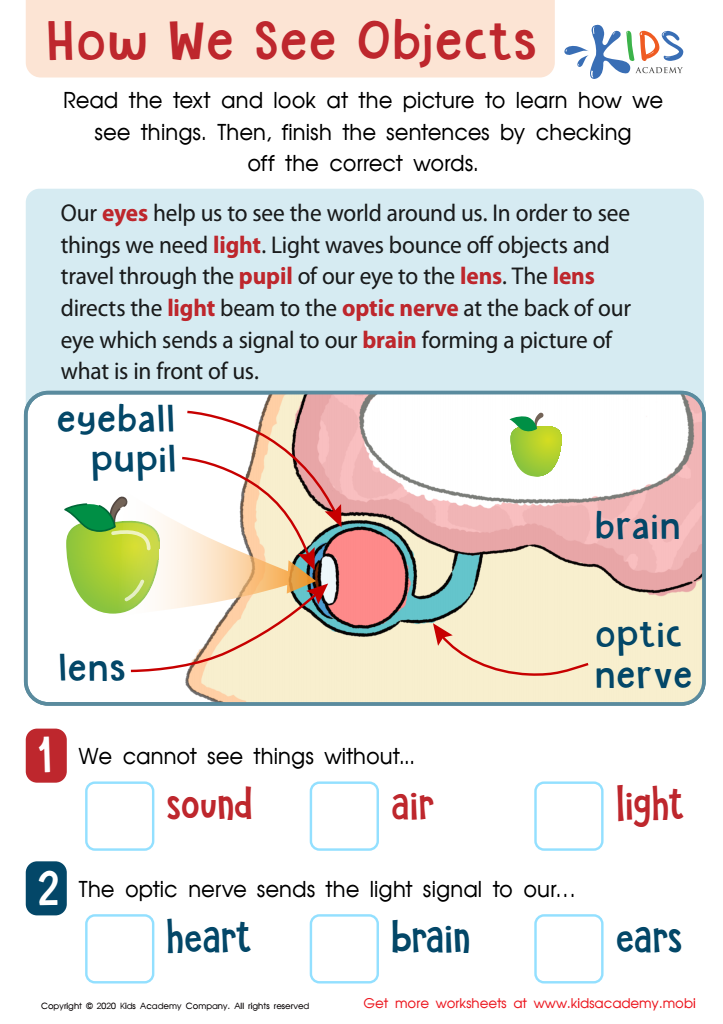

How We See Objects Worksheet
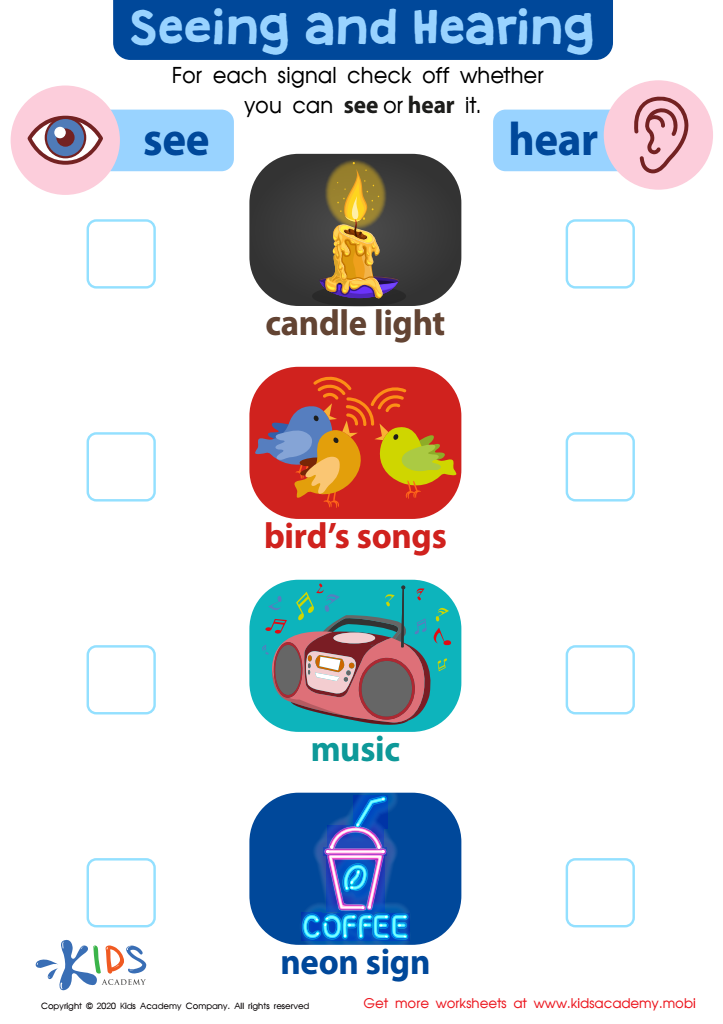

Seeing and Hearing Worksheet
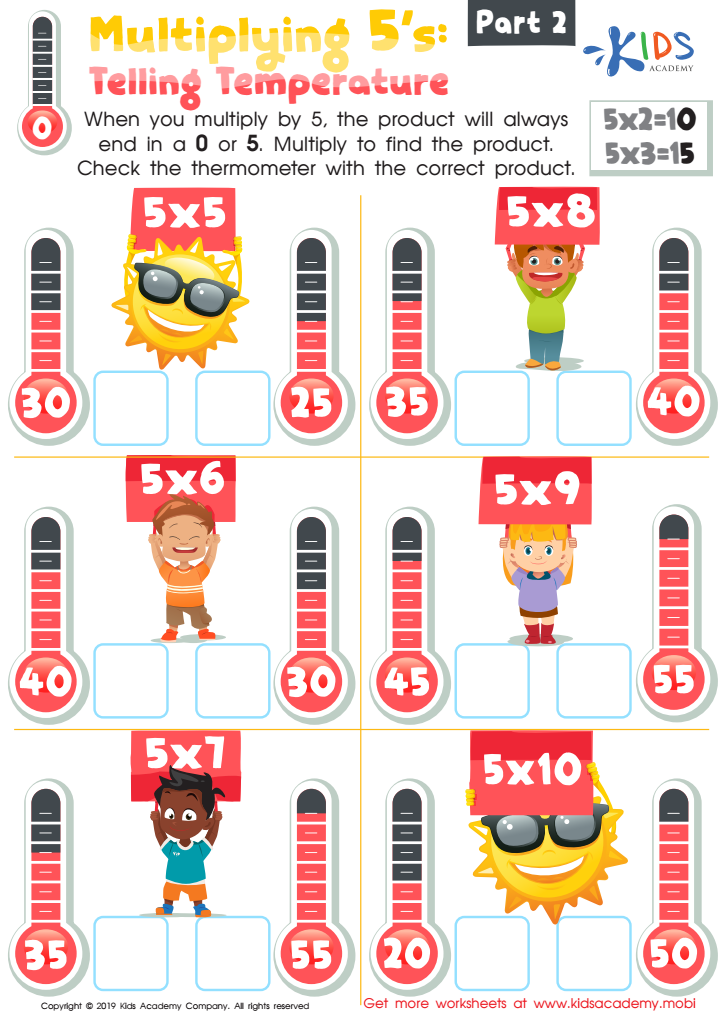

Multiplying 5’s: Telling Temperature Part 2 Worksheet
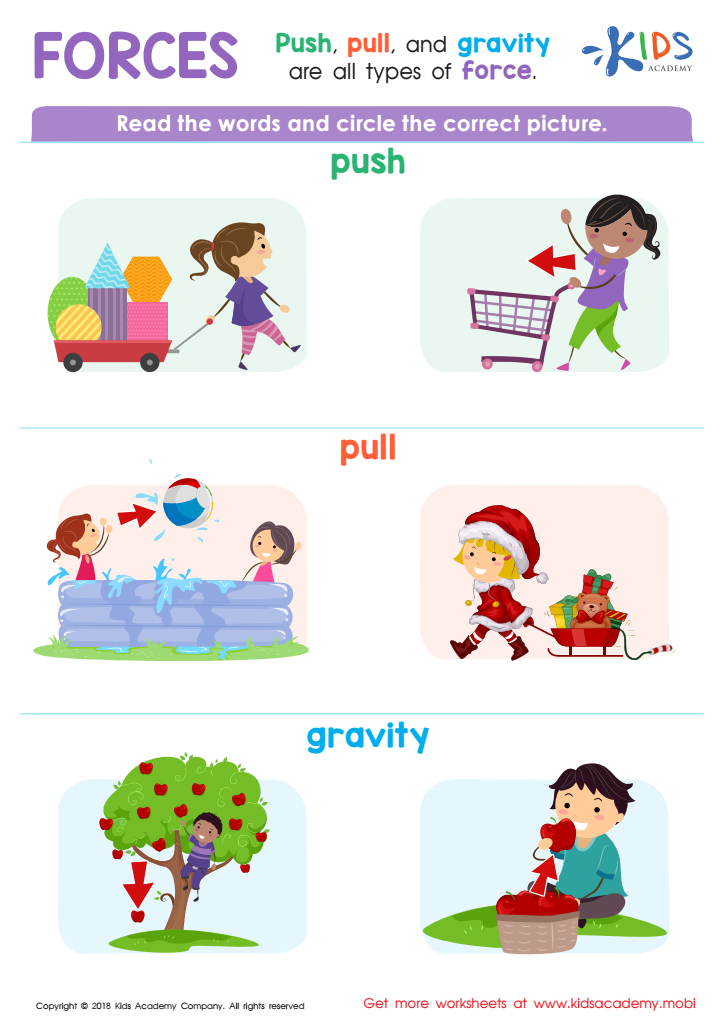

Forces Worksheet
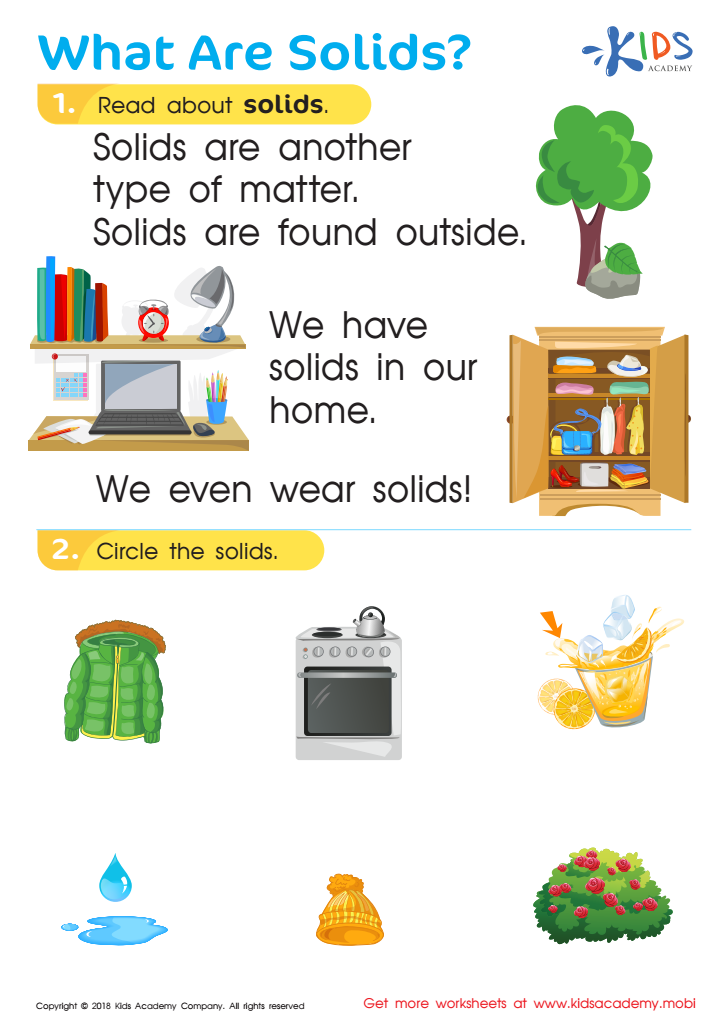

What Are Solids? Worksheet
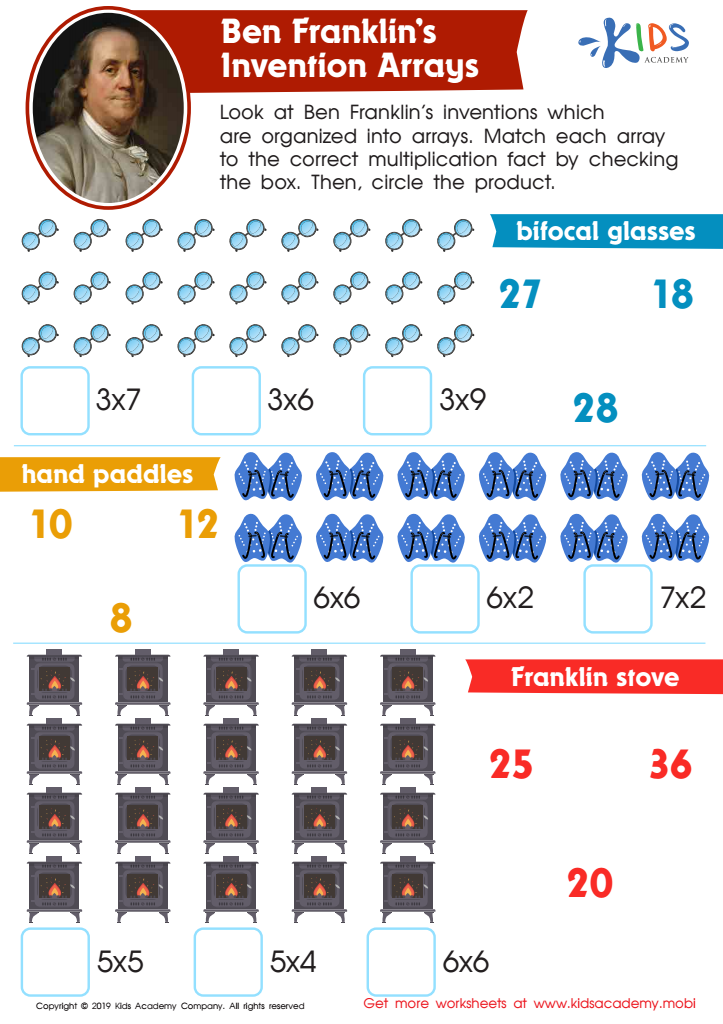

Ben Franklin’s Invention Arrays Worksheet
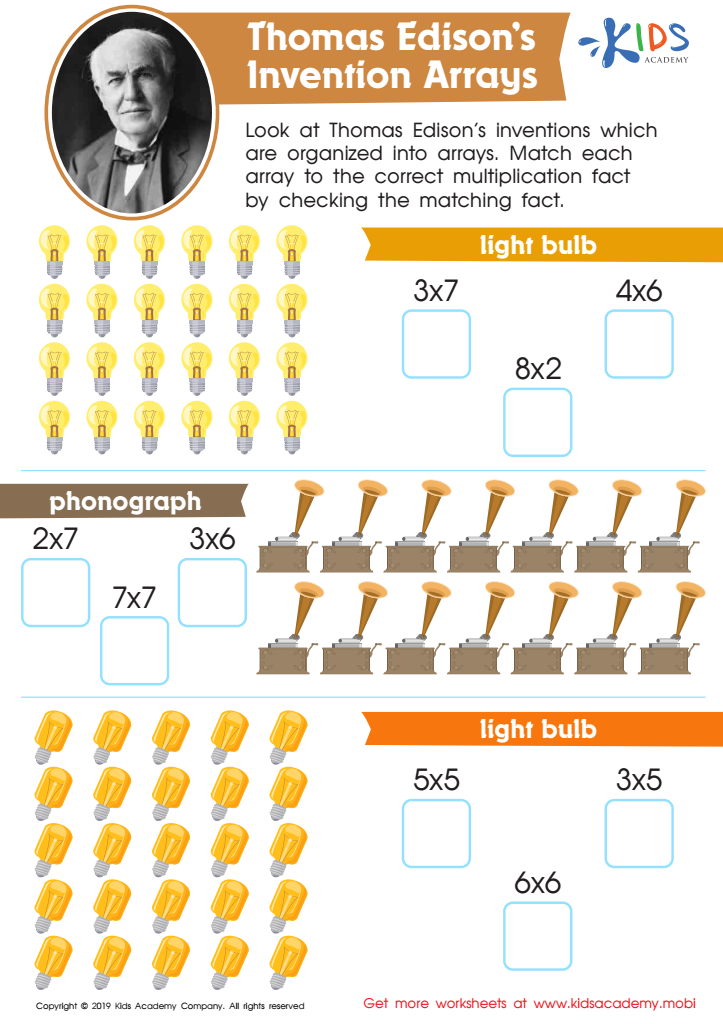

Thomas Edison’s Invention Arrays Worksheet
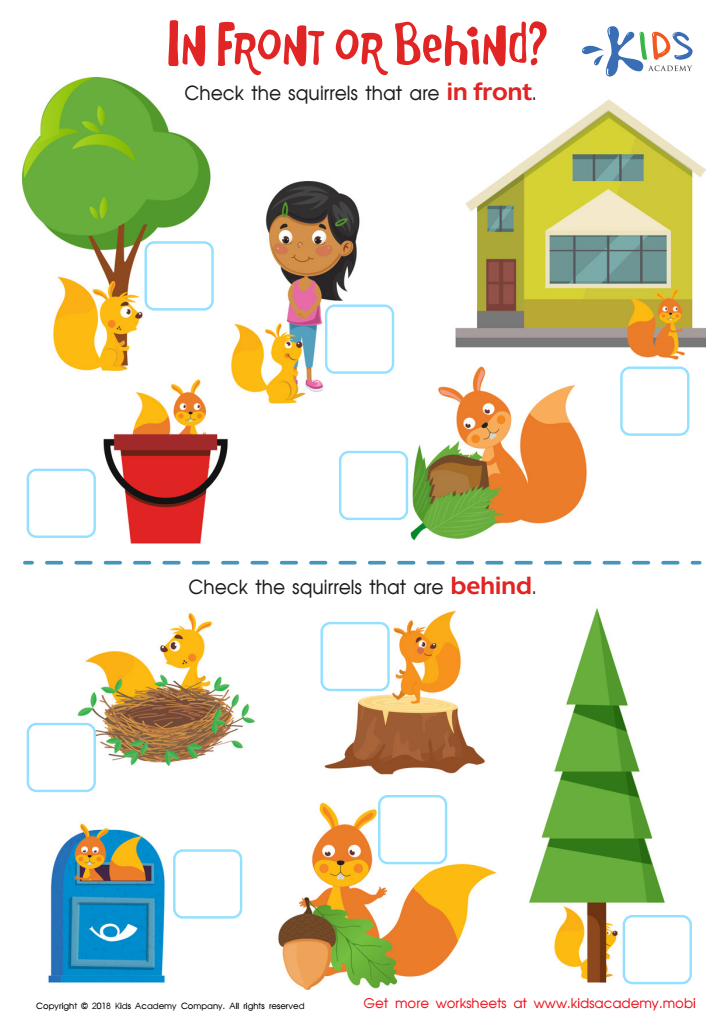

In Front or Behind: Part 2 Worksheet
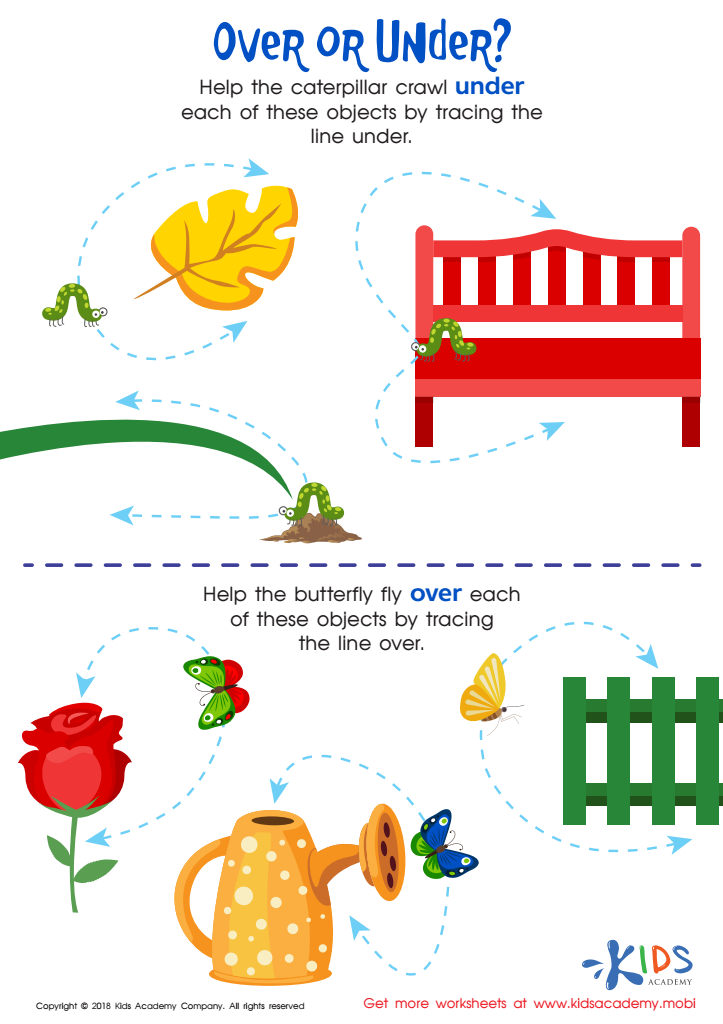

Over or Under? Worksheet
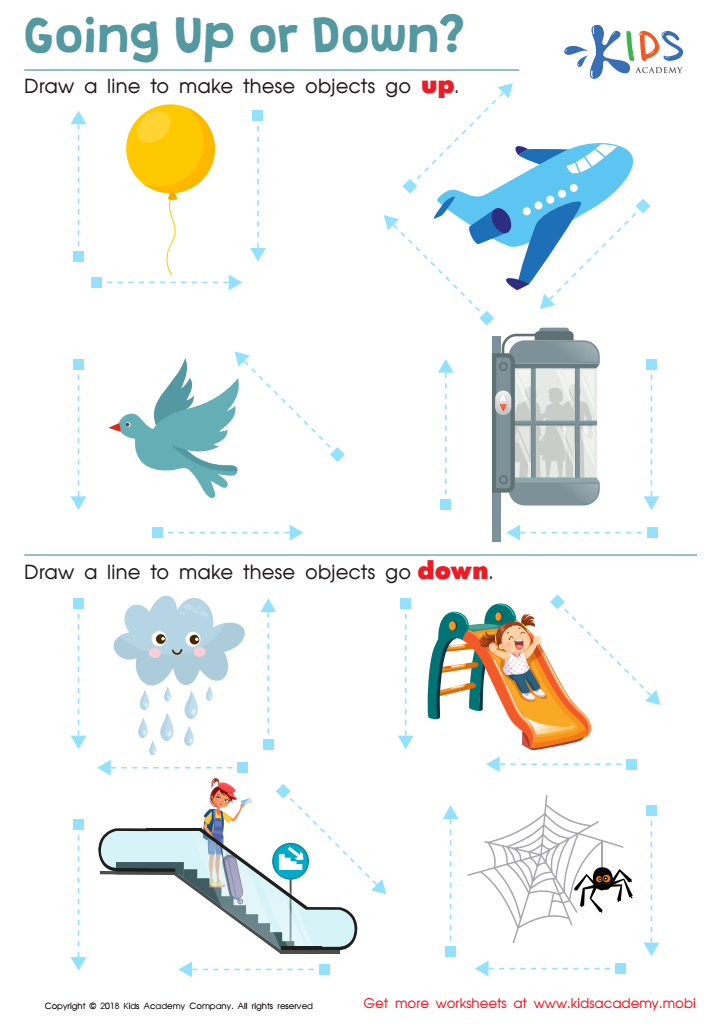

Going up or Down? Worksheet
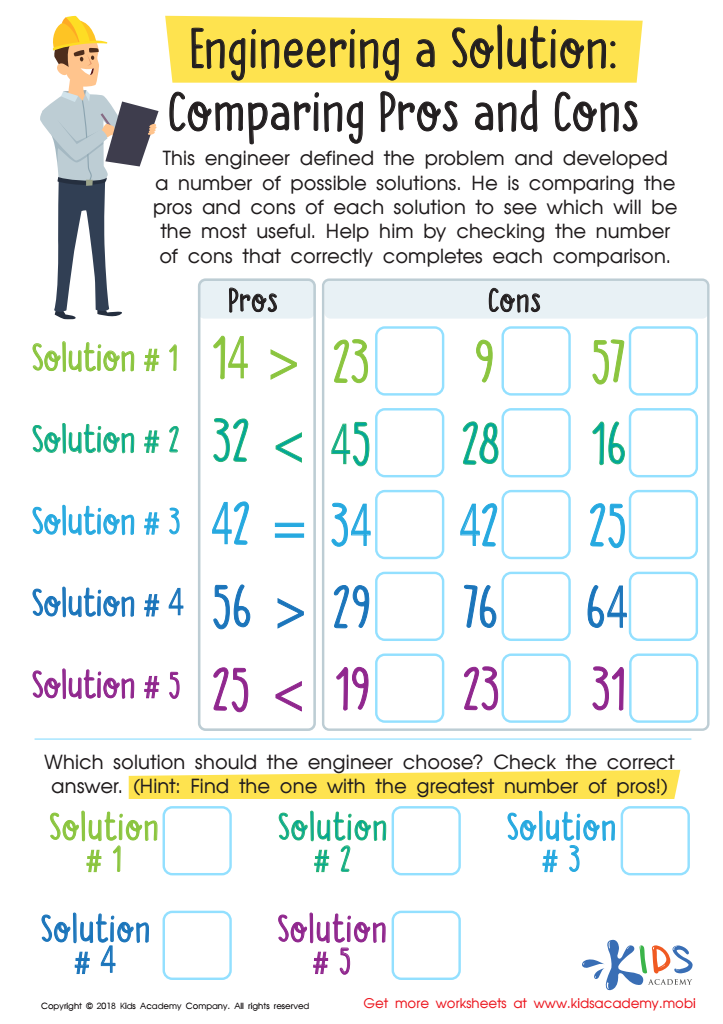

Engineering a Solution: Comparing Pros and Cons Worksheet
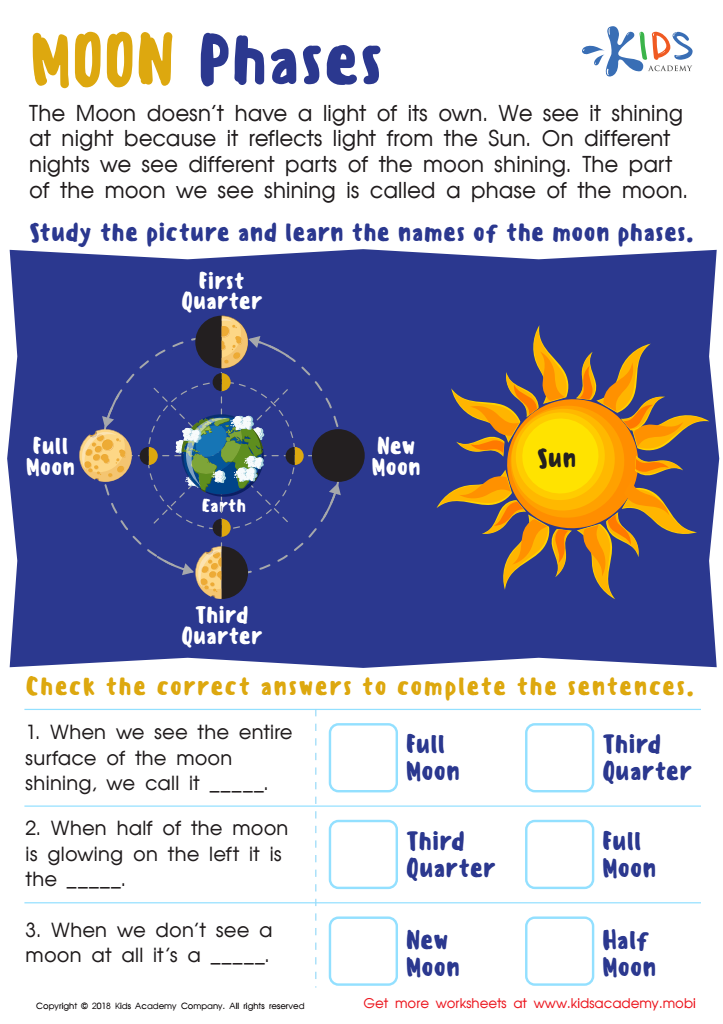

Moon Phases Worksheet
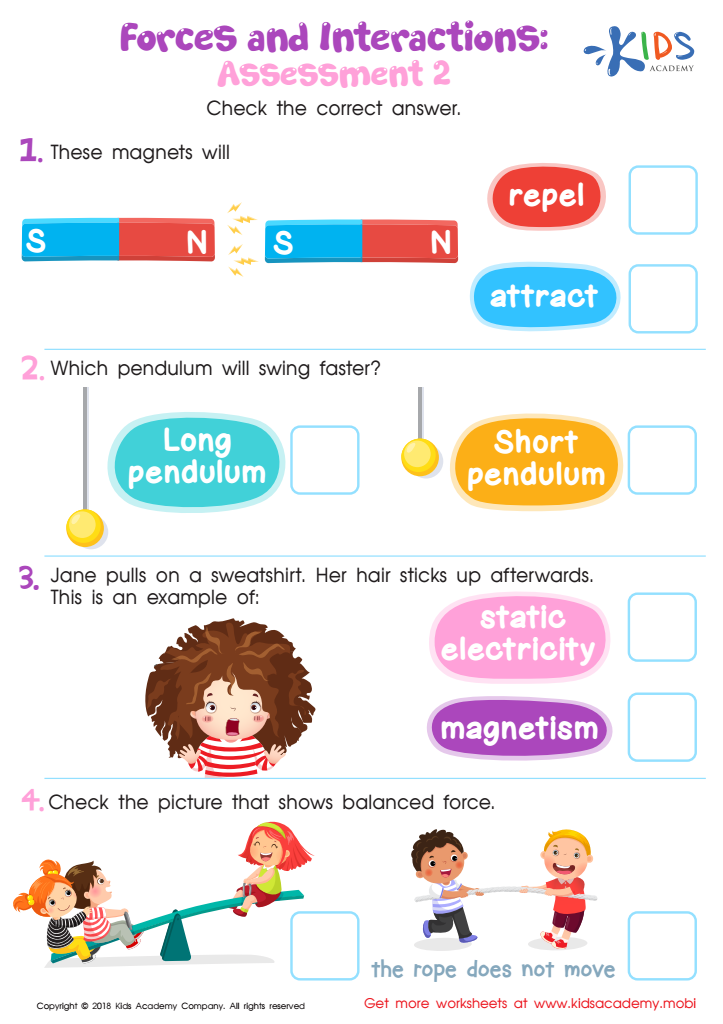

Forces and Interactions Worksheet For 3rd Grade
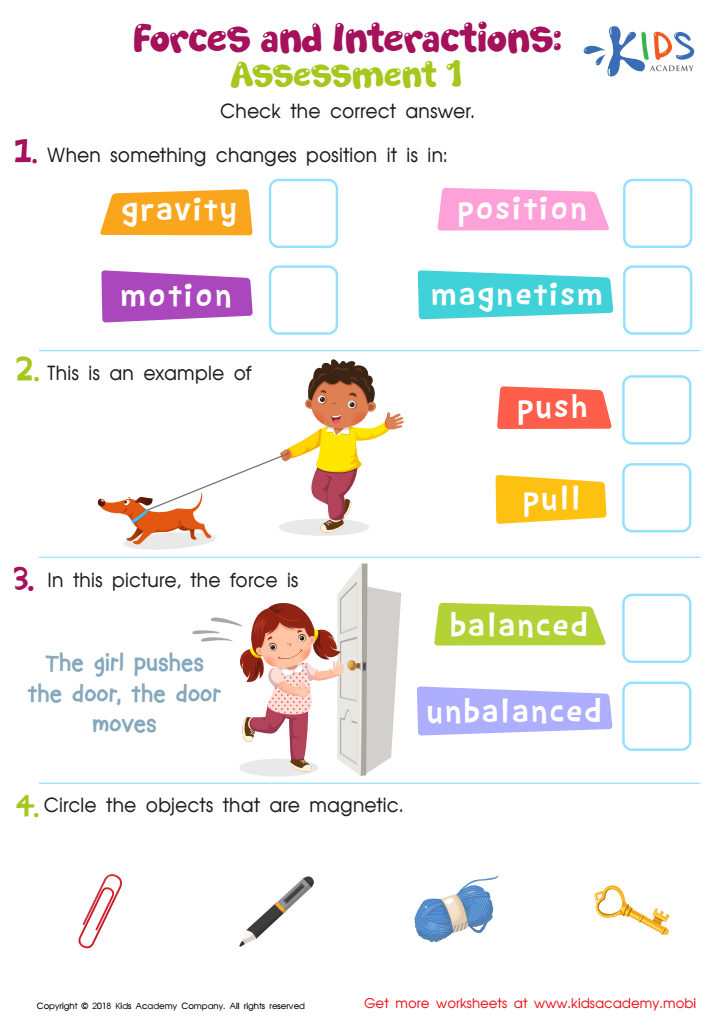

Forces and Interactions Printable
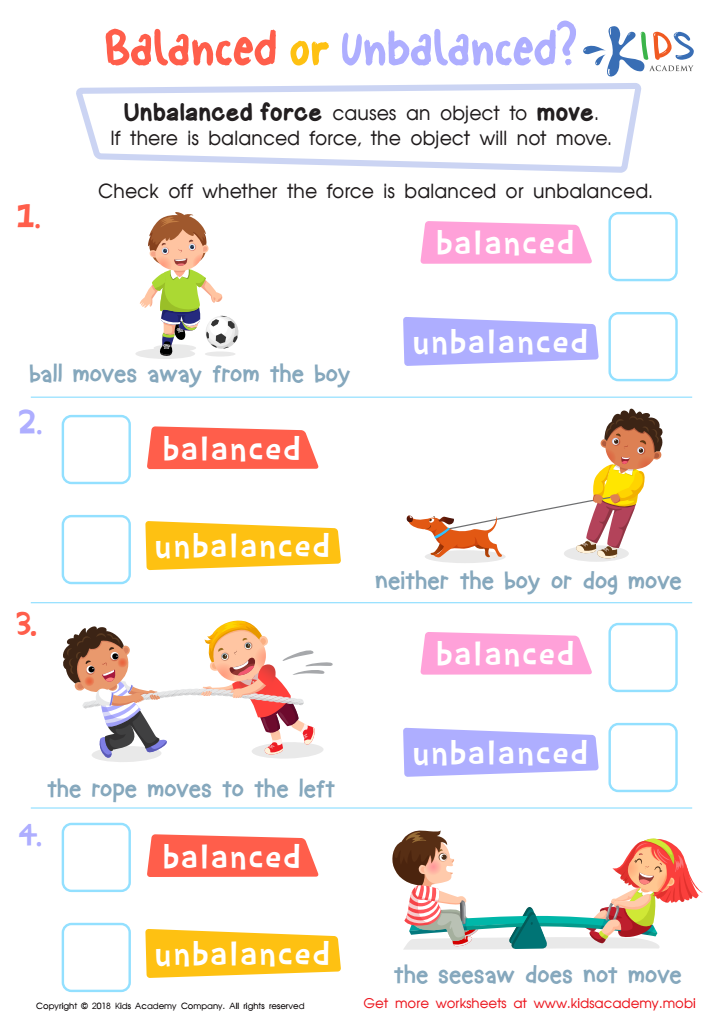

Balanced or Unbalanced Science Worksheet
Normal Physical Science for ages 6-9 plays a crucial role in shaping the foundational understanding of young learners about the world around them. At this early stage, children are naturally curious and eager to explore, making it an ideal time to introduce them to scientific concepts. Engaging with physical science helps children develop critical thinking and problem-solving skills as they observe, experiment, and draw conclusions about their environment.
Parents and teachers should care because this subject encourages a love for learning and inquiry. It builds confidence in asking questions and seeking answers, which are essential skills for lifelong learning. Furthermore, hands-on experiments and activities promote collaboration and communication among peers, fostering social skills alongside academic comprehension.
Moreover, understanding basic physical science concepts—like matter, energy, motion, and simple machines—prepares children for more advanced scientific studies later in life. It also helps them relate abstract concepts to real-world situations, enhancing their ability to understand complex information as they grow. Overall, nurturing an early appreciation for Normal Physical Science not only enriches students’ educational experiences but also equips them with essential tools to thrive in a rapidly changing world.

 Assign to My Students
Assign to My Students




